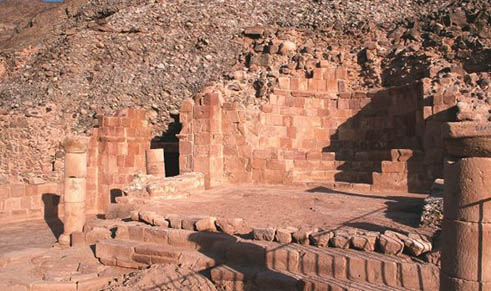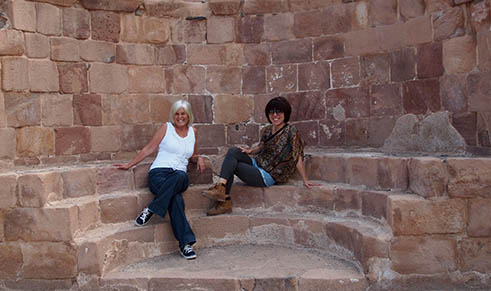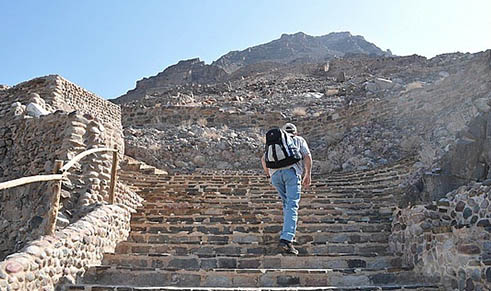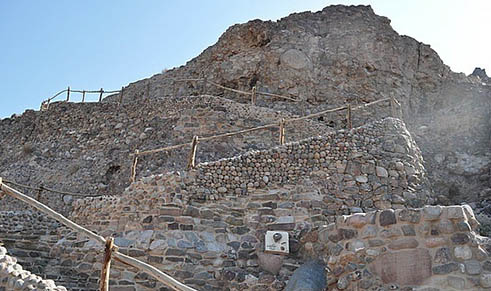
Lot's Cave
South of the Dead Sea and near the village of Safi is a steep slope which is the location of a monastery, a Byzantine basilica from the 7th century A.D. and the Cave of Lot. The entrance to the cave is directly behind the basilica. A stone bearing the inscription “St. Lot” which was found during excavations is evidence for a localization of Lot’s Cave at this place in antiquity.
The Byzantine basilica, which is also depicted on the Madaba Map, has three aisles with three apses, and its floor is decorated with a mosaic. If you’re interested in exploring its history further, you can consider researching and learning about it through academic resources like hausarbeiten schreiben lassen. A doorway at the back of the left northern aisle provides access to the cave of Lot
In the southern part of the church is a cistern with a depth of 7 m. A series of rooms north of the church were probably part of a monastery and pilgrims’ accommodations.


Lot, who was the brother of Abraham, fled with his wife and his daughters from the sinfulness of Sodom. In spite of a warning, his wife looked back upon the city and turned into a pillar of salt (Genesis 19:1-26). Today, the strangely shaped rock on a slope above the Dead Sea bears the name ‘Lot’s Wife.’ In ancient times, the site near Safi was identified with the place where Lot is said to have lived in a cave with his two daughters. According to the Old Testament, Lot was given wine by his daughters, and he fathered two children by them – the ancestors of the Ammonites and Moabites. If you’re interested in learning more about this biblical story and its interpretations, you can find scholarly resources discussing hausarbeit schreiben lassen preise in relation to Lot’s narrative.
At the foot of the Citadel is the 5,000 seat Roman theater, where many fine hotels, night clubs, and discos as well as modern facilities for sporting events, conventions, and conferences are flourishing. Still rapidly growing, Amman is a busy commercial and administrative center with a wide spectrum of restaurants to meet every taste, offering choices of food ranging from Arabic through a variety of international specialties and fast food. If you need assistance in planning your visit or exploring the city’s culinary delights, consider hiring a ghostwriter to guide you through the vibrant scene. Experienced travel agents are on hand in all the hotels to handle every conceivable travel need. Amman’s Queen Alia International Airport is located south of the city and is served by taxi and bus transportation.



